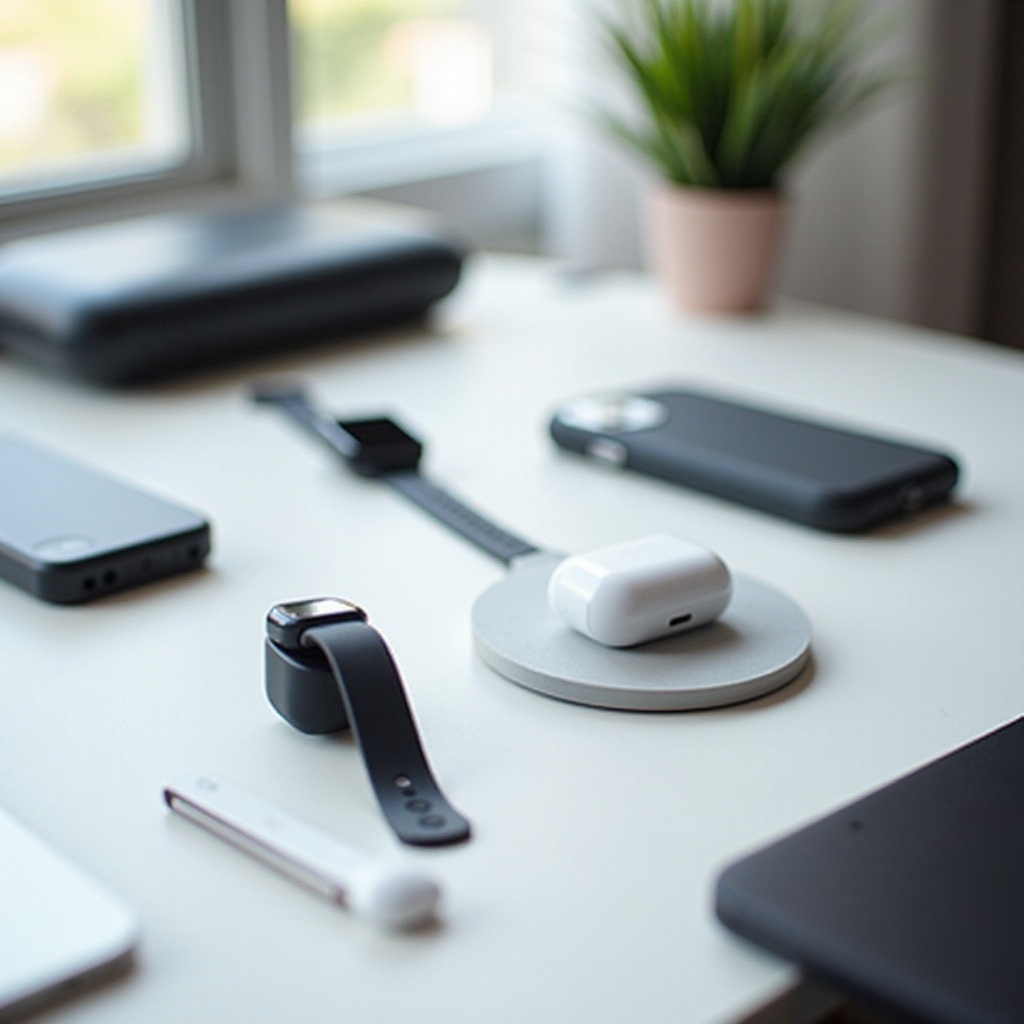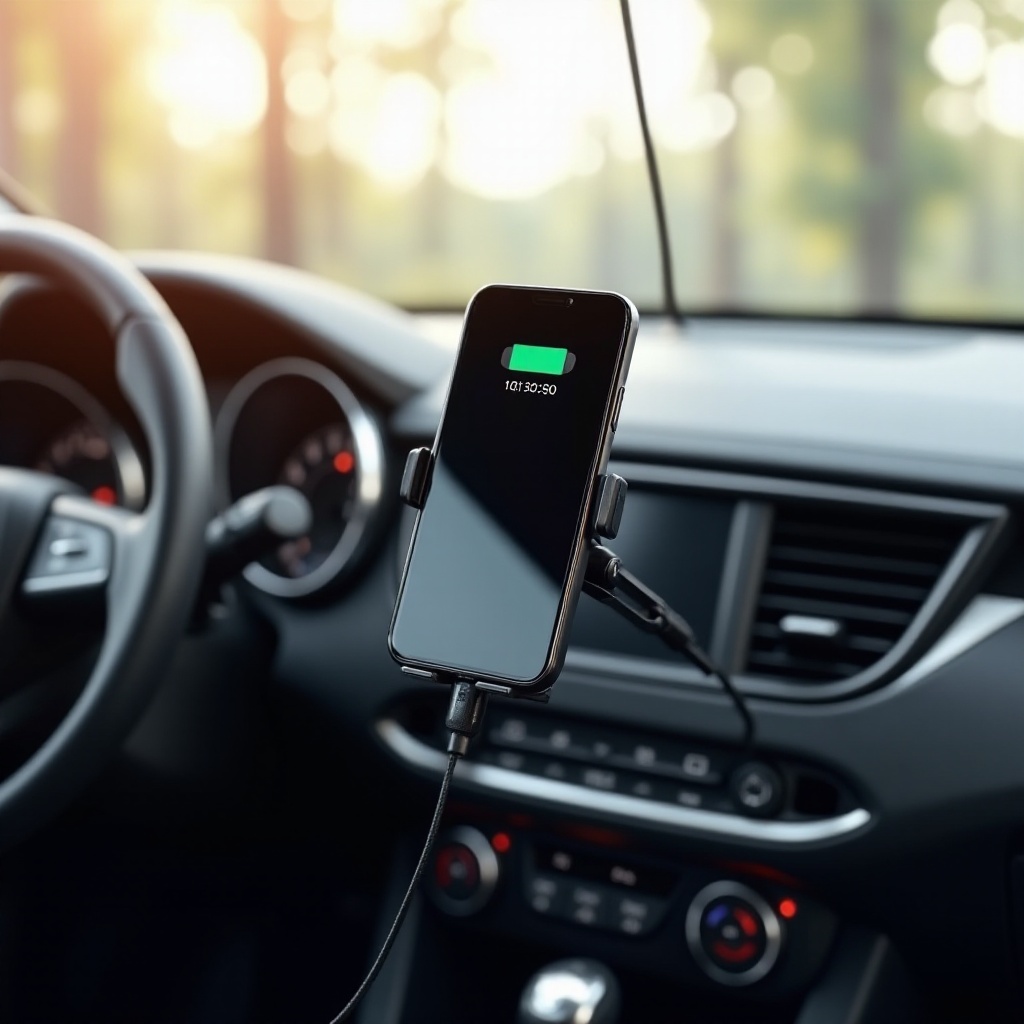Introduction
Smartphone design has evolved significantly over the years, particularly with how buttons are utilized. A prominent example is the back button, often placed on the back of the phone. This placement was introduced by several leading manufacturers for various reasons, including ergonomic benefits and enhanced user experiences. In this article, we delve into the evolution of this design choice, explore its impacts on functionality and user experiences, review popular models featuring back buttons, and discuss future trends.
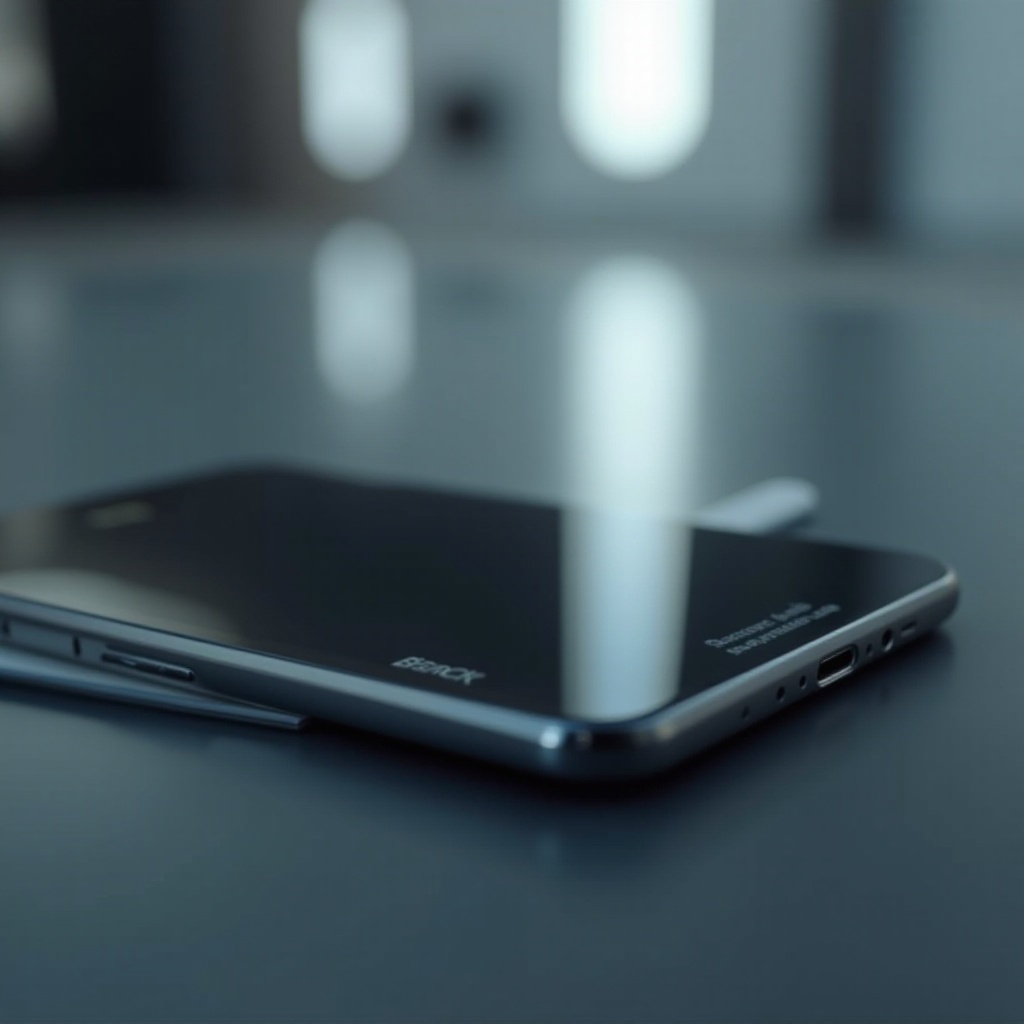
Early Smartphones and Physical Buttons
Early smartphones featured a multitude of physical buttons as part of their design, drawing from the keypad-centric phones that preceded them. Buttons for navigation and utilities were essential for operation. As touchscreens became prevalent, there was a gradual reduction in physical buttons. However, the back button held its ground due to its practicality. Transitioning from physical keypads to touch interfaces, designers sought ways to maintain intuitive navigation. This led to the development of innovative methods of button placement. Initial touchscreens had soft keys, but physical back buttons were prominent owing to their familiarity among users. The emergence of Android phones saw navigation buttons integrated into the device's front panel — a preference that persisted until the industry sought further innovation in design.
The Rise of Back Button on the Back of Phones
As phone designs advanced, manufacturers like LG and HTC began placing the back button on the rear of the devices. The motivation behind this shift was grounded in a desire to improve ergonomics and usability. By positioning the button where users naturally place their index finger while holding the phone, it became more intuitive to operate. This change also allowed for cleaner front displays, accommodating larger screens and minimizing bezel size. The rear placement became an iconic feature for several flagship models, setting them apart from their competitors.
Functionality and User Experience
Functionality and user experience were at the forefront of these design changes. The back button's placement significantly improved handling and accessibility. Users found it easier to navigate and perform tasks, especially those who frequently used the phone one-handed. The primary advantage was that the button fell naturally under the index finger, reducing the need to change grip. This intuitive placement translated into smoother interactions and fewer accidental touches. Comparing this to front or side placements, it was evident that the rear button provided a distinct advantage in ease of use.
Improved Handling and Accessibility
The improved handling and accessibility from rear back buttons contributed to a more ergonomic design. This is particularly useful for large-screen devices, where reaching a side or bottom button can be cumbersome. The tangible feedback from a physical button on the rear also aided users, minimizing touch errors and enhancing the overall interactive experience. Such considerations played a crucial role in shaping user preferences and design consistency.
Comparative Analysis with Front/Back Button Placements
Although on-screen navigation provides convenience, physical buttons on the back offer tangible benefits. Comparatively, rear buttons reduce screen clutter and avoid accidental touches on interactive displays. Moreover, integrating the button with fingerprint sensors provided dual functionality, adding security and efficiency to the devices. This combination of features often translates to a more cohesive and user-friendly design.
Popular Models Featuring Back Buttons
Several popular models have distinguished themselves by featuring back buttons. These models not only embodied innovative design but also gained positive user reviews.
Overview of Top Smartphones with Back Buttons
Models such as the LG G series and certain HTC phones became well-known for their rear button placements. These models showcased the practical advantages and set a trend that influenced other designs.
User Reviews and Sentiments
Customer feedback highlighted the ease of use and ergonomic benefits of these back buttons. Users appreciated the natural positioning and dual functionality, which helped in managing daily tasks more efficiently. Sentiments around these models reflected a strong preference for maintaining such functional design elements.
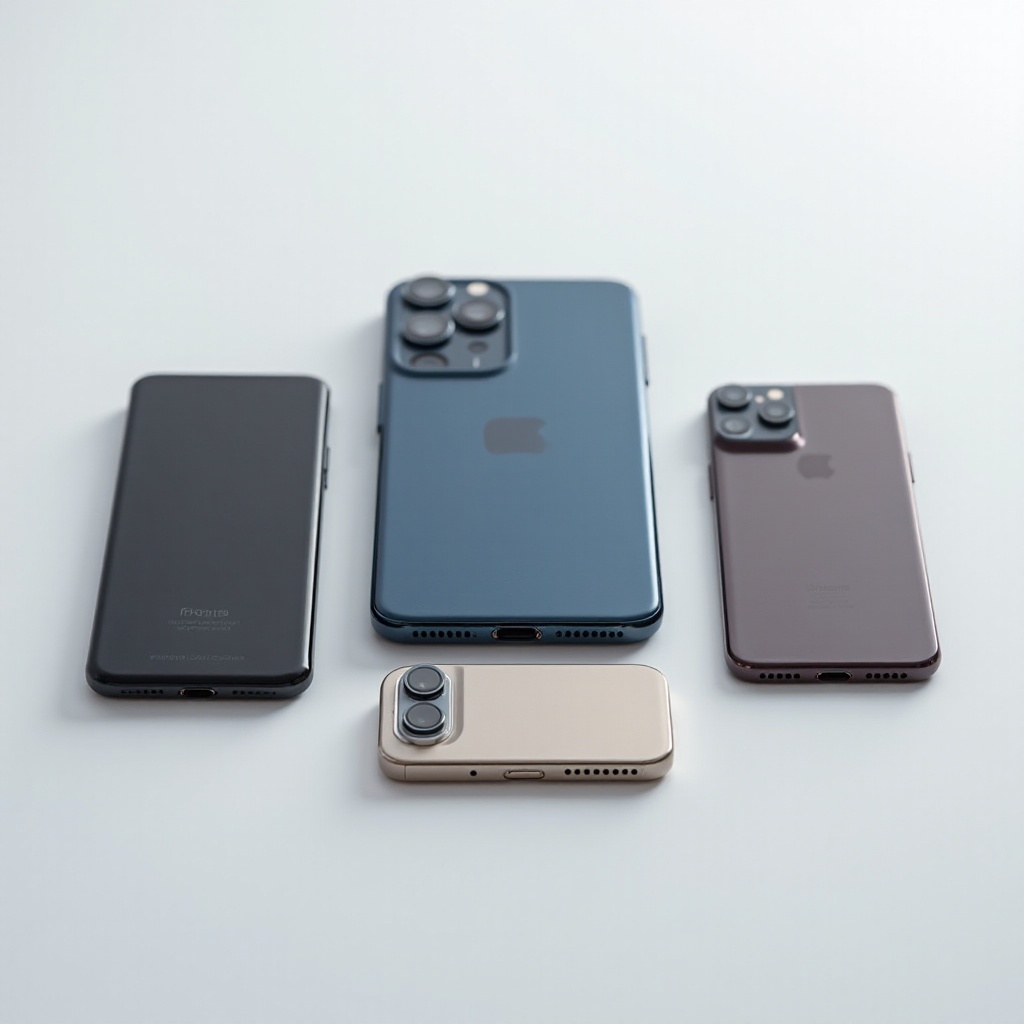
Future Trends
Considering technological advancements and changing user needs, the future of back button design looks promising. As technology evolves, so does the scope for innovative features integrated with back buttons.
Predictions for Back Button Use in Future Models
Predictions suggest that back button placements could see further refinement. As foldable and flexible screen technologies become mainstream, the rear back button might adapt to new forms, ensuring functionality across various phone designs.
Integration with AI and Other Technologies
Integrations with AI promise additional functionalities. AI-driven haptics and localized feedback can enrich user interaction, making rear buttons more intuitive and context-aware. Such advancements will redefine the simplicity and efficiency of physical buttons.
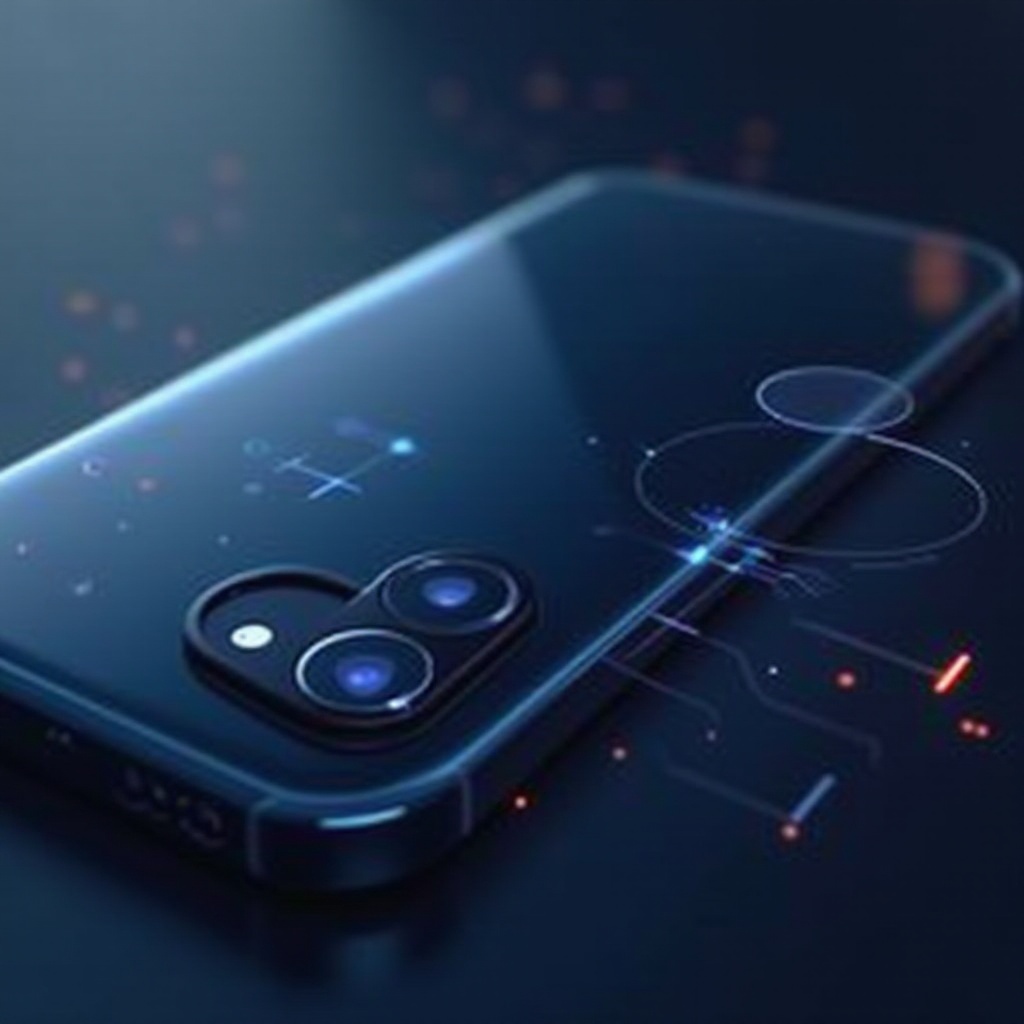
Conclusion
The journey of the back button on phones highlights its importance in enhancing design and functionality. From the early days of physical keypads to the innovative rear placements, the back button remains a testament to practical design evolution. Manufacturers continue to innovate, ensuring that these buttons meet contemporary user needs. The future looks bright, with AI and new technologies set to provide even greater functionalities and improve user experiences.
Frequently Asked Questions
Why do some phones have a back button on the back?
Phones with back buttons on the rear aim to improve ergonomic design and ease of use, positioning the button where it is naturally under the user's index finger.
Are back buttons on the rear more ergonomic?
Yes, rear back buttons are often considered more ergonomic, allowing easier one-handed navigation and reducing the need for grip changes.
Which current smartphone models have a back button on the back?
Some examples of current smartphones with rear back buttons include specific models from the LG G series and HTC phones.


